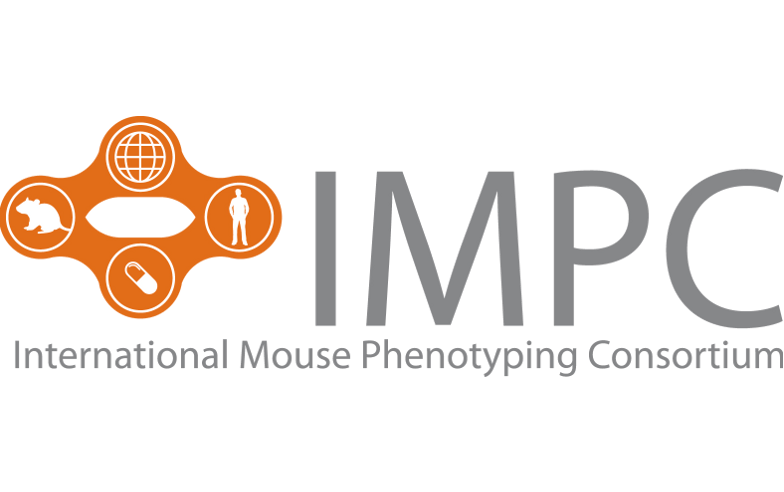|
초록
|
In the past decade, the incidence of type 2 diabetes (T2D) has rapidly increased, along with the associated cardiovascular complications. Therefore, understanding the pathophysiology underlying T2D, the associated complications and the impact of therapeutics on the T2D development has critical importance for current and future therapeutics. The prevailing feature of T2D is hyperglycemia due to excessive hepatic glucose production, insulin resistance, and insufficient secretion of insulin by the pancreas. These contribute to increased fatty acid influx into the liver and muscle causing accumulation of lipid metabolites. These lipid metabolites cause dyslipidemia and non-alcoholic fatty liver disease, which ultimately contributes to the increased cardiovascular risk in T2D. Therefore, understanding the mechanisms of hepatic insulin resistance and the specific role of liver lipids is critical in selecting and designing the most effective therapeutics for T2D and the associated co-morbidities, including dyslipidemia and cardiovascular disease. Herein, we review the effects and molecular mechanisms of conventional anti-hyperglycemic and lipid-lowering drugs on glucose and lipid metabolism. [BMB Reports 2016; 49(3): 139-148].
|






